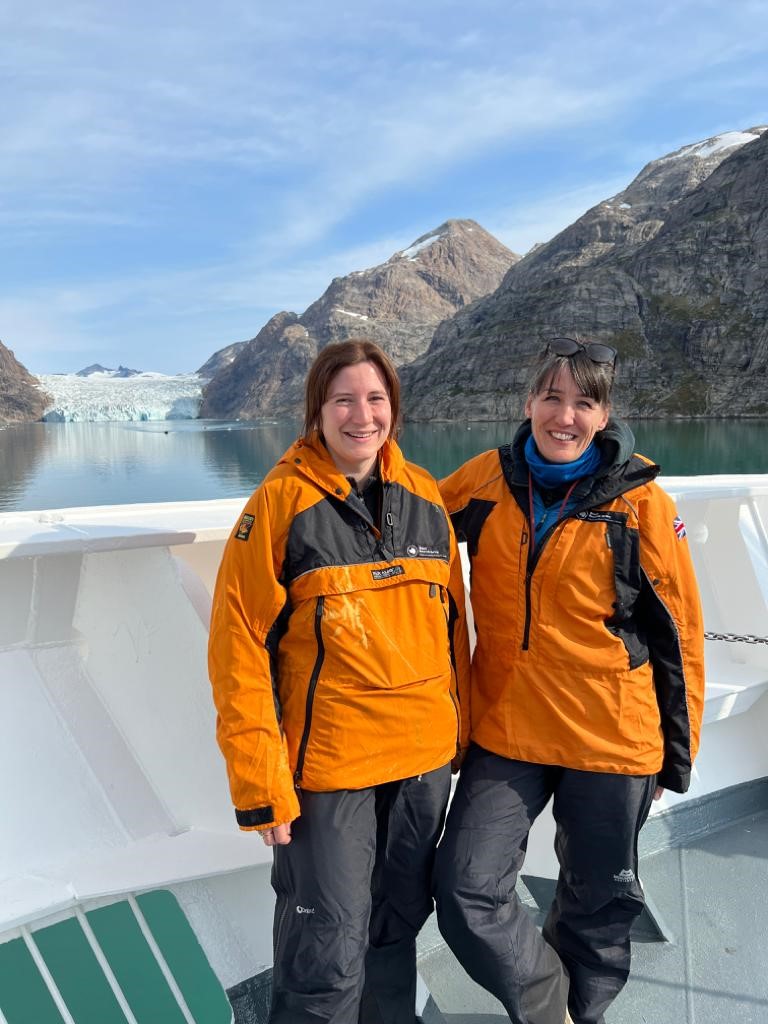Increasing ship traffic in Inuit Nunangat
Researchers from British Antarctic Survey are heading to the Canadian Arctic this week to learn more about the impacts of increasing ship traffic in Inuit Nunangat.
In recent years, climate change has reduced the amount of sea ice across Inuit Nunangat, an area which includes around 50% of Canada’s coastline. More open water during the summer has resulted in shipping activity increasing by more than 250% since 1990.
In a new research project, part of the Canada Inuit Nunangat UK Arctic research programme, researchers want to understand more about the environmental impacts of this increased ship presence. Risk factors that are being assessed and monitored are underwater noise, introduction of non-indigenous species and pollution created by the ships. Critically, the teams want to know how these impacts on the marine environment will affect communities in Inuit Nunangat.
BAS researchers aim to set up a black carbon analyser in Pond Inlet, the Inuit community experiencing the highest rate of increased shipping traffic, to monitor air-borne emissions from passing ships. They will also be filtering sea water along the most commonly travelled cruise route to map the distribution of microplastics in surface waters. They will also collect seawater samples to analyse environmental DNA (eDNA) at the locations that cruise ships visit. eDNA enables the researchers to characterise the local ecosystem community structure and potentially detect non-indigenous species. Early identification of non-indigenous species is essential for successful eradication. By creating this initial baseline, any future eDNA monitoring will improve our understanding of how the presence and abundance of different species has changed over time.

This increased accessibility in Arctic waters, within Inuit Nunangat in particular, could provide employment and economic development opportunities for Inuit communities. However, there are also risks to the sustainability of their environment and culture, as well as issues around safety and security.
By understanding more about how climate change is affecting shipping across Inuit Nunangat, the researchers hope to find ways to manage these issues in a way that helps Inuit people take control of ocean and shipping management. Crucially, this research project is co-led by Inuit scientists, and the project’s name was chosen to reflect Inuit values.
Dr Vicky Peck, Principal Investigator on the project and Palaeoceanographer at British Antarctic Survey says:
“I feel incredibly privileged to have sailed through the Canadian Arctic Archipelago this summer and have had the opportunity to hear first-hand accounts of the impacts that increasing shipping activity is having on Inuit communities. I’m hopeful that our project can support Inuit-led strategies to minimise the environmental and societal impacts of more frequent ship visits.”
For more information on the project, please visit the Inuit Qaujisarnirmut Pilirijjutit on Arctic Shipping Risks website.
*Featured photo shows Arctic scenery taken in Svalbard.